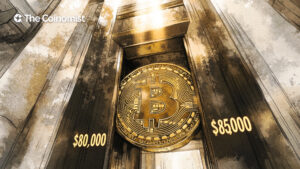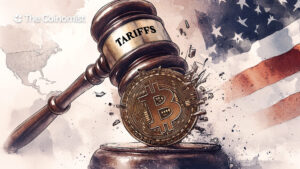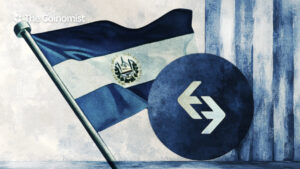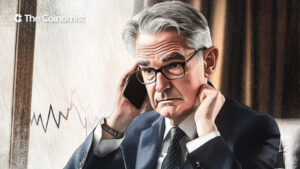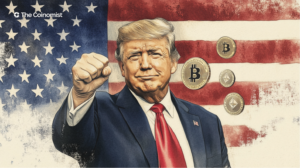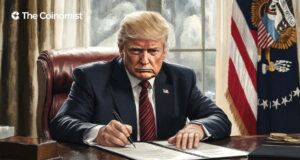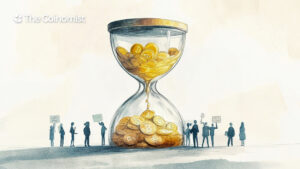White House Tariffs: Because Two Numbers and a Calculator Are Apparently Enough
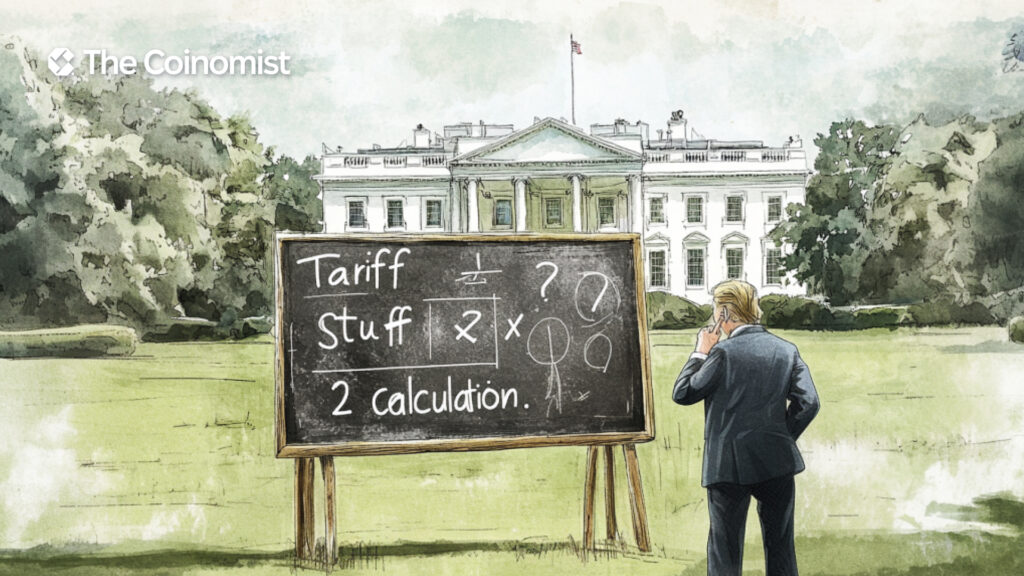
The latest US tariff policy trades economic complexity for simplicity, using trade imbalance as its sole yardstick—overlooking sectoral depth, existing tariffs, and services.
On this page
The tariff package released by the White House on April 2, 2025, marks a return to numeric populism: rather than assessing real-world tariff exposure or the intricate weave of sectoral trade, the administration leaned on a basic trade deficit model to assign duties.
The scope is sweeping: more than 180 countries are implicated, among them China, Japan, and Israel—nations with drastically different relationships to the United States.
According to Trump, the plan is expected to enrich the US treasury, energize domestic supply chains, and ease the burden on American producers, long overshadowed by cheaper goods and foreign subsidies.
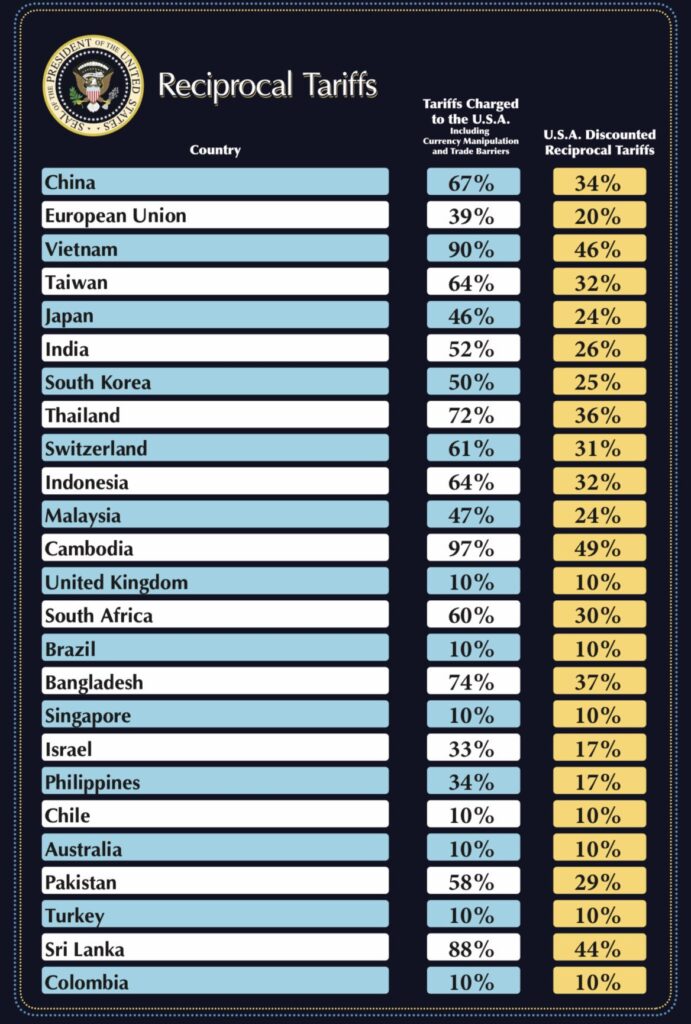
Scratch beneath the surface of the White House’s latest tariff rollout, and the numbers start to fall apart. Most of the so-called foreign tariff rates are little more than numerical smoke—manufactured through a formula that merely echoes each country’s trade imbalance with the US.
The flaw was originally flagged by James Surowiecki, journalist and author of The Wisdom of Crowds, and later—somewhat sheepishly—acknowledged by deputy press secretary Kush Desai.
To break it down: the administration calculated the tariff rates by dividing each country's trade imbalance with the US by the volume of US imports, expressing it as a percentage—and labeling it a duty on American goods.
According to the Kush formula, coefficients ε and 𝜑 seem to neutralize each other, rendering them functionally decorative. The US response rate is defined as half that result. If the outcome is negative, a standard 10% tariff is applied instead.
So we have a $17.9 billion trade deficit with Indonesia. Its exports to us are $28 billion. $17.9/$28 = 64%, which Trump claims is the tariff rate Indonesia charges us. What extraordinary nonsense this is,
noted James Surowiecki, the first to call out the flawed logic.
It didn’t take long for users to notice that the White House’s tariff formula bore a striking resemblance to something straight out of ChatGPT—a first-draft suggestion AI might generate if asked to outline a starter trade policy.
Wojtek Kopczuk, professor of economics at Columbia University and editor of the Journal of Public Economics, later confirmed the eerie alignment.
Russia, Belarus, and North Korea Left Off US Tariff List
Scroll through the list of nations targeted by the new US tariffs, and you’ll find Iran with a neat 10% duty—despite years of saber-rattling and nuclear standoffs. But strangely absent are Russia, Belarus, North Korea, and Cuba.
Сheck this out: North Korea Becomes the World’s 3rd Largest Bitcoin Holder
The Treasury Department claims sanctions make formal tariff policy with Russia redundant. But 2024 trade figures suggest otherwise: the US imported $1.3 billion in fertilizers, $878.4 million in precious metals, and $695.7 million in inorganic chemicals—from Russia.
And that’s just the headline stuff.
As it stands, Russia buys almost nothing from the US, pushing the trade gap to $2.48 billion—a black hole of imbalance.
And yet, Malawi, with barely $68 million in trade, received a 17% tariff.
On the day that Trump sanctioned every ally of the United States in the world, his team made special arrangements for the head of Russia's sovereign fund to visit DC & Russia was one of the few countries in the world not hit be new tariffs today. I hope the American people get an explanation for this. I find it outrageous,
remarked Michael McFaul, director of Stanford’s Freeman Spogli Institute.
If the White House had turned its formula inward and applied it to Russia, the outcome would’ve been clear: a 41% tariff, mirroring the 82% trade imbalance that defines their economic relationship.
And yet, no such duty appeared. The omission lingers, casting a shadow of doubt over the policy’s impartiality—and prompting a deeper question: why are some authoritarian regimes spared, even when the numbers call for action?
Goods-Based Metrics Ignore U.S. Services Advantage
According to James Surowiecki, the Trump administration’s trade calculations focused solely on goods, leaving out services—the one area where the U.S. consistently posts a trade surplus of more than $240 billion a year.
That’s a sharp contrast to the staggering $1 trillion goods deficit, but it doesn’t justify disregarding one of America’s strongest trade sectors. The result? A policy model that ignores the very area where the U.S. actually excels.

What’s missing from the administration’s calculus is nuance: the layered nature of bilateral trade, shaped not just by numbers but by people—by consumer behavior, income disparities, and the genuine quality of foreign products that American buyers seek out.
Rather than striving for trade justice, the Trump administration’s approach reduces policy to a single objective: slashing imports through tariffs, without regard for the ecosystem those imports exist within.
Read on: House Committee Advances Stablecoin Regulation Bill Amid Crypto Debate
The content on The Coinomist is for informational purposes only and should not be interpreted as financial advice. While we strive to provide accurate and up-to-date information, we do not guarantee the accuracy, completeness, or reliability of any content. Neither we accept liability for any errors or omissions in the information provided or for any financial losses incurred as a result of relying on this information. Actions based on this content are at your own risk. Always do your own research and consult a professional. See our Terms, Privacy Policy, and Disclaimers for more details.
